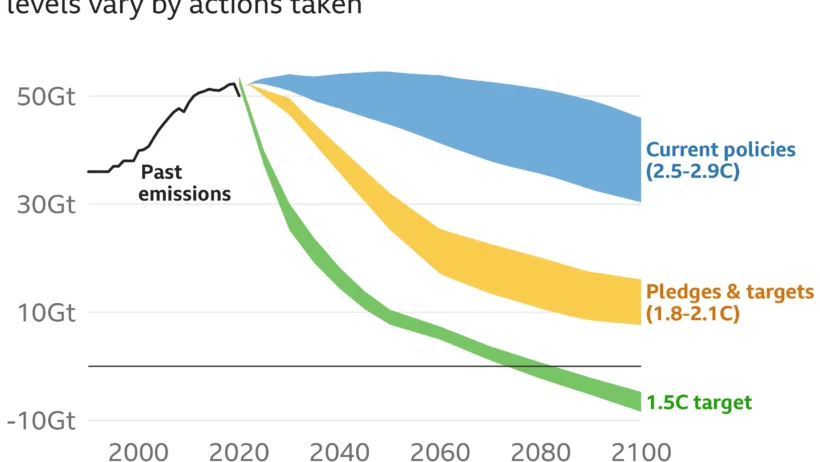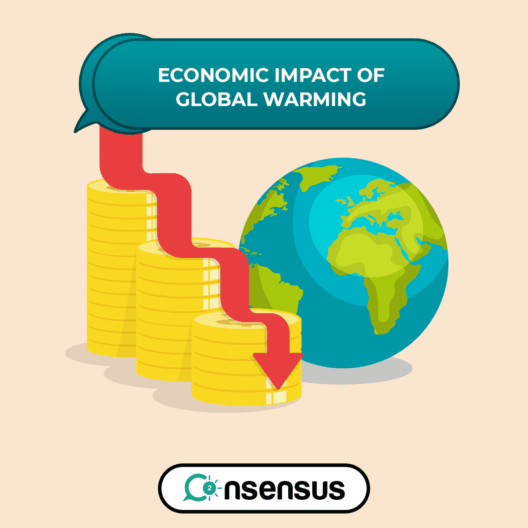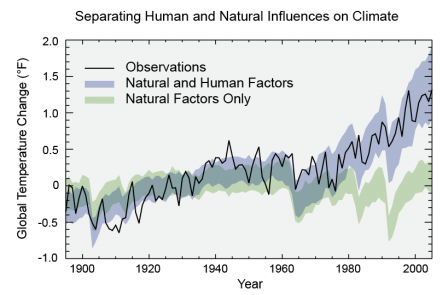In the grand tapestry of global governance, a climate accord stands as a pivotal stitch, weaving together the aspirations, responsibilities, and commitments of nations towards a more sustainable future. These agreements, often likened to an intricate map, guide the actions of diverse countries as they navigate the complex and turbulent waters of climate change. Understanding what a climate accord is involves delving deep into its intricate layers—its purpose, historical context, structural framework, and the multifaceted challenges it faces.
A climate accord is essentially a formal agreement between multiple governments aimed at mitigating climate change and its impacts. They merge scientific understanding with political will, acting as collective strategies to tackle the pressing issue of global warming. These accords can range from legally binding commitments to voluntary pledges and often encompass a variety of targets including greenhouse gas emissions reductions, adaptation strategies, and financial support for developing nations.
Historically, the quest for a unified global response to climate change can be traced back to the late 20th century. The 1992 United Nations Framework Convention on Climate Change (UNFCCC) marked a seminal moment in international environmental governance. This treaty established a framework for future negotiations and highlighted the necessity of a concerted global effort. The ensuing years witnessed various pivotal agreements, but none were as consequential as the Kyoto Protocol in 1997. This was the first significant legally binding accord, incentivizing developed nations to limit their greenhouse gas emissions. Its existence brought to light the inherent challenges of global consensus and compliance.
Yet, as the world swiftly transitioned into the 21st century, the inadequacies of the Kyoto Protocol became increasingly apparent. The protocol’s reliance on market-based mechanisms was met with skepticism and faced limitations, leading to the emergence of more comprehensive accords. The Paris Agreement of 2015 represented a paradigm shift. This historic accord united nearly every country in a singular mission to limit global temperature rise to below 2 degrees Celsius above pre-industrial levels. Its brilliance lay not only in its ambitions but also in its flexibility, allowing nations to set nationally determined contributions (NDCs) based on their capacities and situations—a remarkable acknowledgment of the diverse economic landscapes and developmental stages of participating countries.
At the heart of climate accords lies a delicate balancing act. Countries must reconcile their economic ambitions with environmental imperatives, a process akin to walking a tightrope stretched between progress and preservation. Each nation, while navigating this path, brings forth its unique set of concerns based on geographical, economic, and sociopolitical contexts. For instance, a small island nation grappling with rising sea levels may pursue aggressive climate action, whereas a large industrial nation might be more focused on gradually transitioning its economy. This diversity can create friction as different countries vie for equitable burdens and responsibilities, often leading to protracted negotiations marked by profound disagreements.
Moreover, the effectiveness of climate accords is contingent upon several factors including political commitment, financial resources, and technological advancements. Many developing nations face the dual challenge of mitigating climate impacts while still striving for economic growth. Financial assistance from wealthier nations becomes vital—this is where the often-discussed “climate finance” comes into play. It serves as a form of reparative justice, acknowledging historical emissions while helping these nations achieve sustainable development goals. However, the actual disbursement of funds has frequently been mired in bureaucracy and unmet promises, jeopardizing the trust essential for collaboration.
Another salient issue relates to accountability—how do nations ensure transparency and adherence to the agreed-upon commitments? This question has sparked numerous debates regarding the efficacy of monitoring mechanisms. Some climate accords have incorporated systems for reporting progress, but skepticism remains about the accuracy of self-reported data. International scrutiny and peer pressure often motivate compliance, yet they do not fully guarantee it. Without robust accountability frameworks, the essence of an accord can risk devolving into mere platitudes.
In this intricate dance of negotiation and implementation, the role of non-state actors—such as cities, businesses, and civil society—cannot be overlooked. These entities often play a pivotal role in scaling local initiatives and fostering grassroots movements that support national commitments. The aggregation of local actions can catalyze significant changes, embodying the notion that global agreements must be grounded in local realities. Partnerships among diverse stakeholders can enhance the legitimacy of climate accords, creating a more inclusive framework for action.
While climate accords face formidable challenges, their significance in the global climate landscape cannot be overstated. They represent a beacon of hope, showcasing collective human ingenuity and resilience. The journey towards a sustainable future is laden with obstacles, yet the continued evolution of climate agreements reflects an unmistakable commitment to encountering and addressing these challenges. In the end, climate accords serve not only as mechanisms for action but as essential platforms for dialogue, fostering understanding and collaboration among nations.
In conclusion, understanding a climate accord involves recognizing its role as both a global contract and a reflection of humanity’s shared values. As nations grapple with the urgent demand for climate action, these accords illuminate pathways toward resilience and sustainability. They remind us that while the journey is fraught with complexity—akin to traversing an uncharted wilderness—collective commitment, accountability, and pragmatic thinking can forge a way forward. Moving beyond mere words, the goal is to translate ambitions into tangible actions, thus ensuring a livable planet for generations to come.








